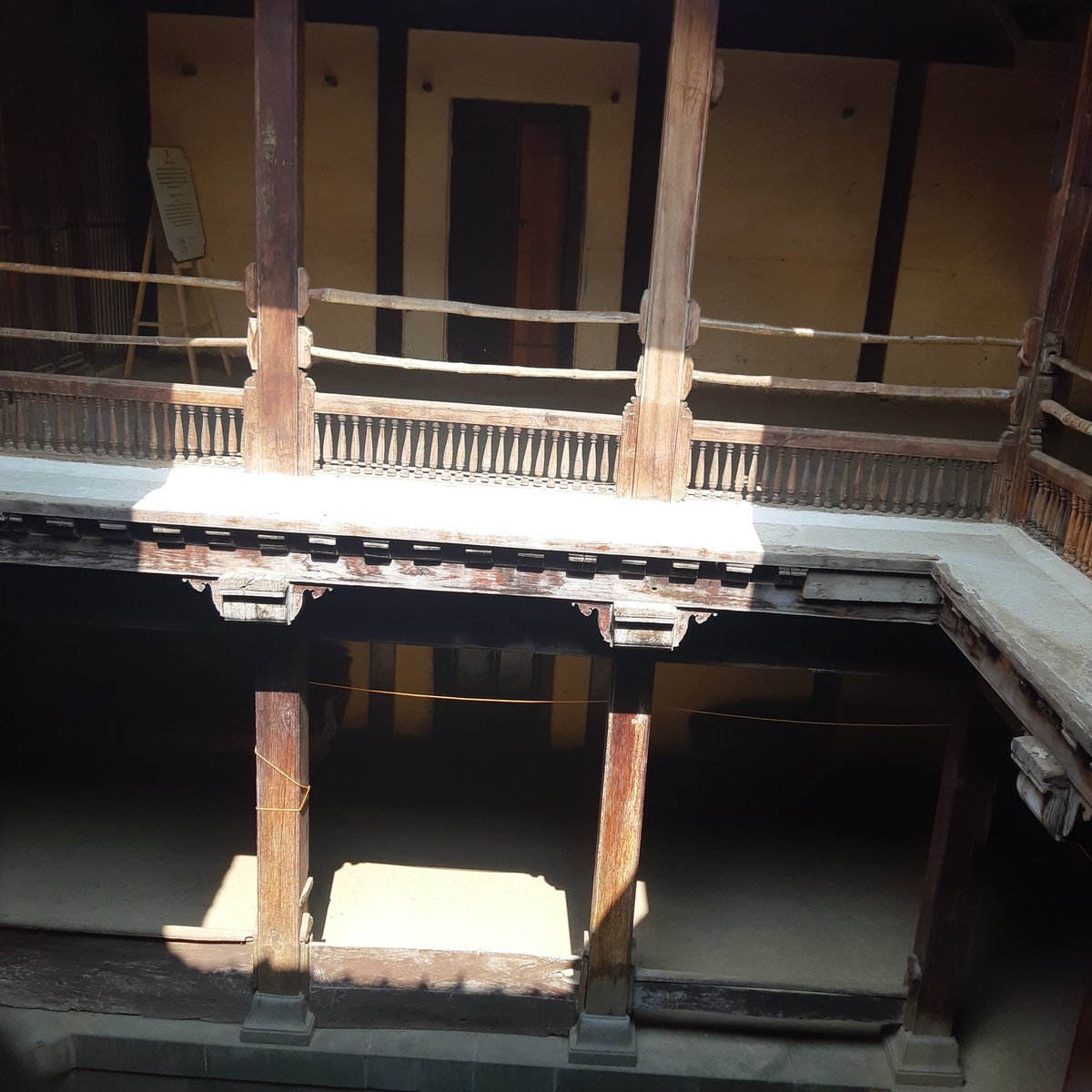
#RamNavami #ShriRamNavami #श्रीरामनवमी Join me on a virtual tour of Shri Ram Temples. Plan to visit as many heritage Shri Ram temples as I can. Will be appending to this thread #Pune
Tulshibaug #Pune 





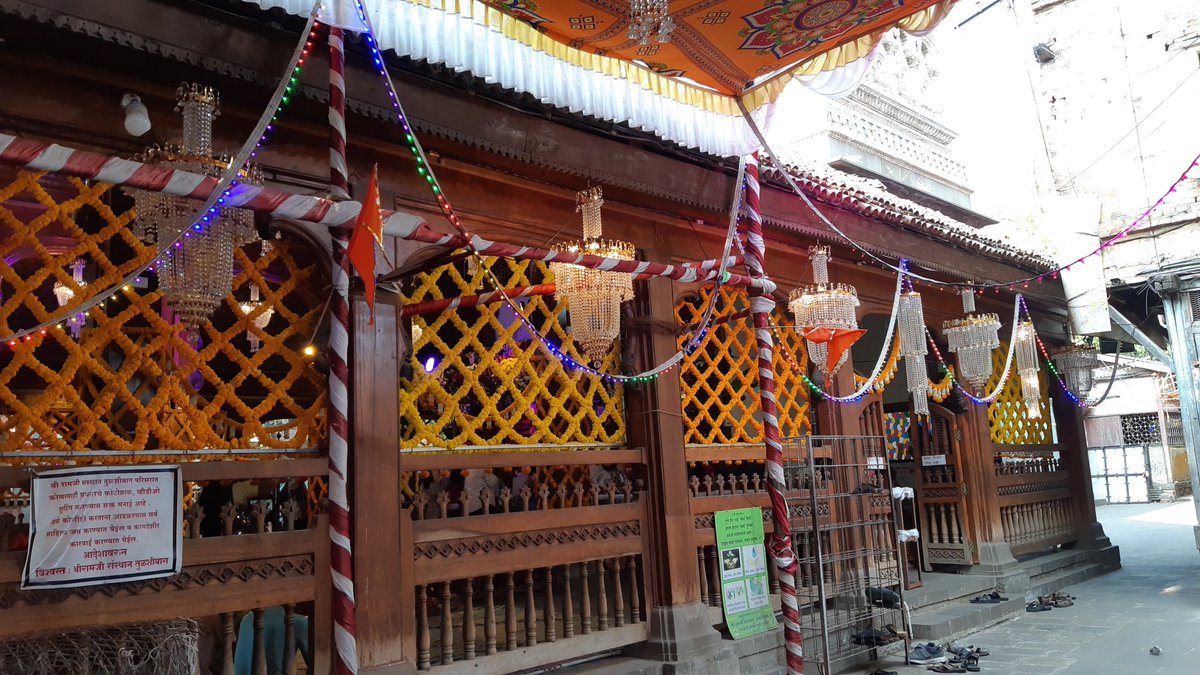

Ram Mandir ( Paranjape), Akra Maruti, Bapu Gokhale. #Pune 





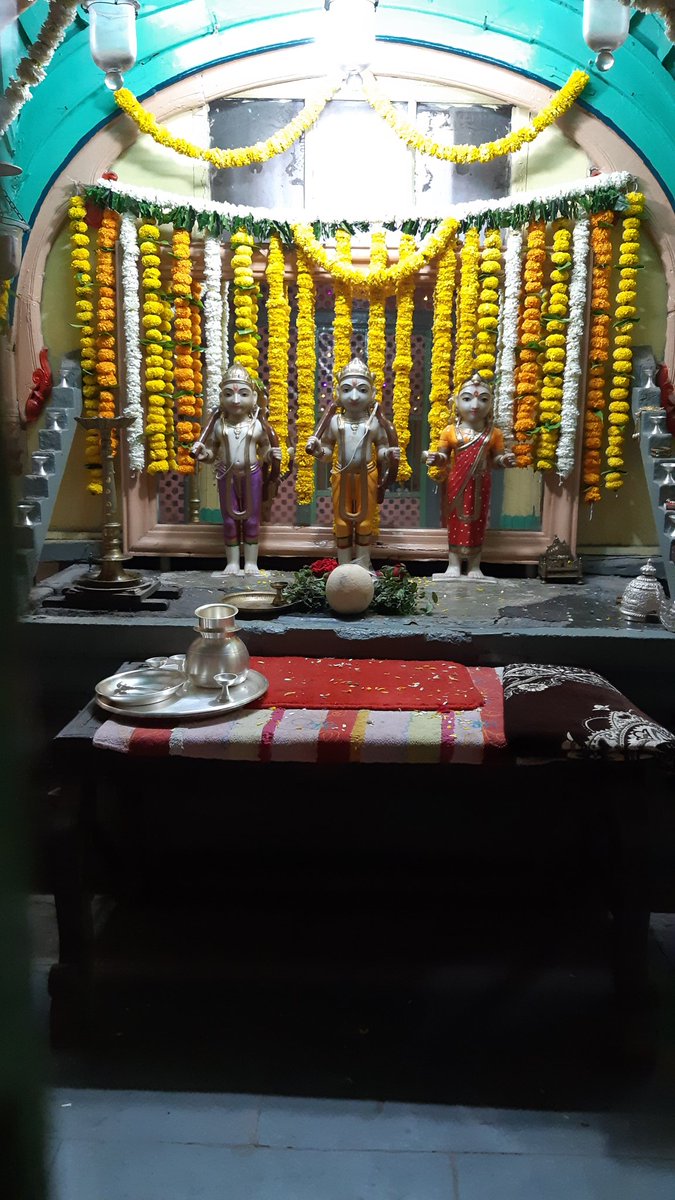

Beautiful पाळणा ( cradle ) at Guruwar Peth. Though cannot say for sure, Would it be the one associated with Rupram Choudhari ? 





Sadavarte Ram Mandir #Pune 



Gadgil Shri Ram Mandir Sadashiv Peth #Pune. 

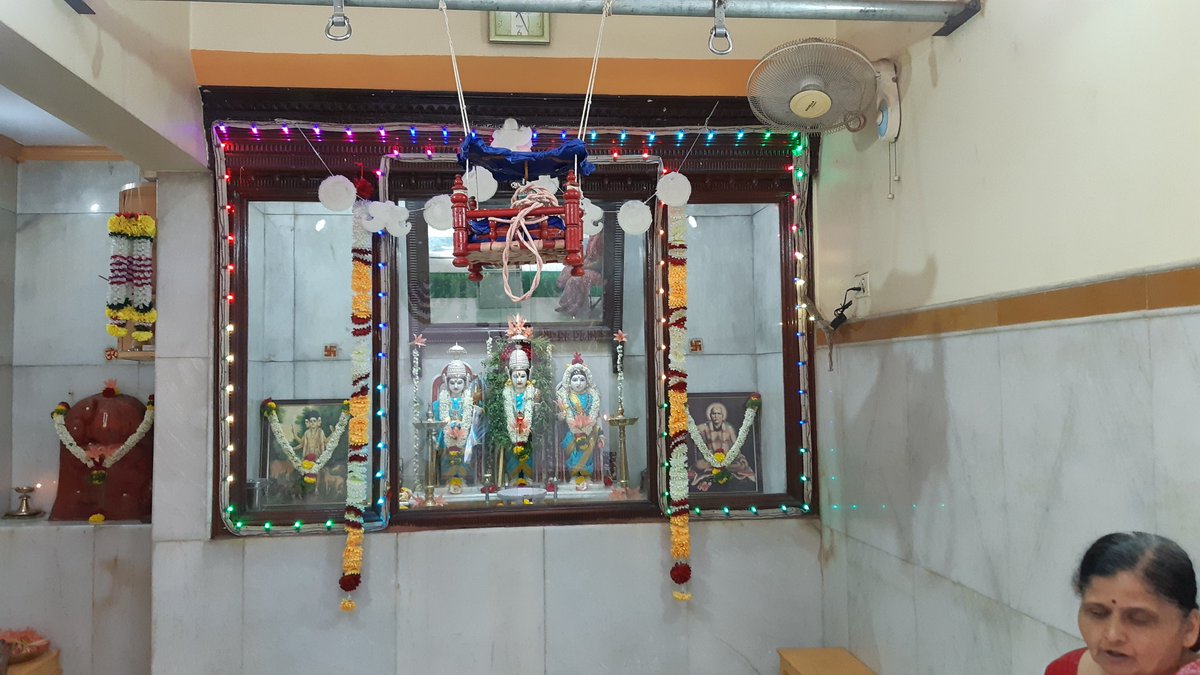

Rahalkar Ram Mandir, Sadashiv Peth #Pune 





Dandekar Shri Ram Mandar under Devdeveshwar Sansthan Parvati #Pune 







Bhaji Ram Mandair Narayan Peth #Pune 

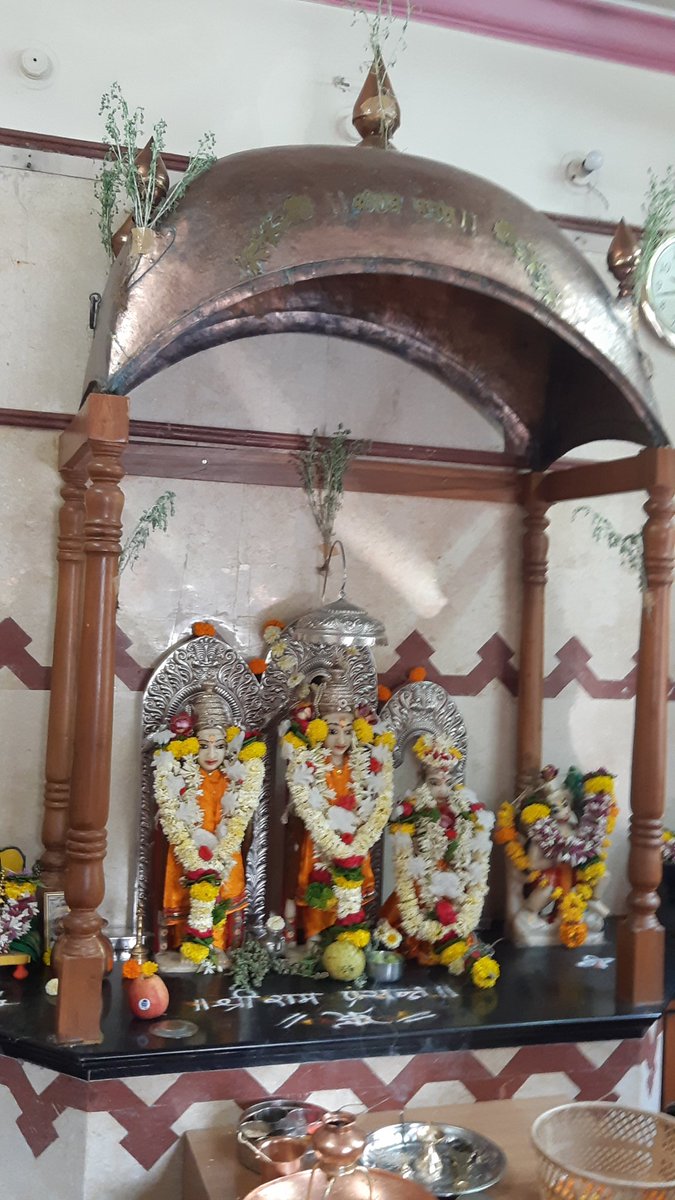

Joshi Shri Ram Mandir Shaniwar Peth #Pune 





Shri Kala Ram Mandir Somwar Peth #Pune. Shri Ram darshan for me today ends here. There are many more Shri Ram temples in Pune where we will take darshan some other day !
🙏जय श्रीराम 🙏



🙏जय श्रीराम 🙏




• • •
Missing some Tweet in this thread? You can try to
force a refresh





















